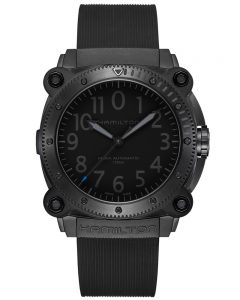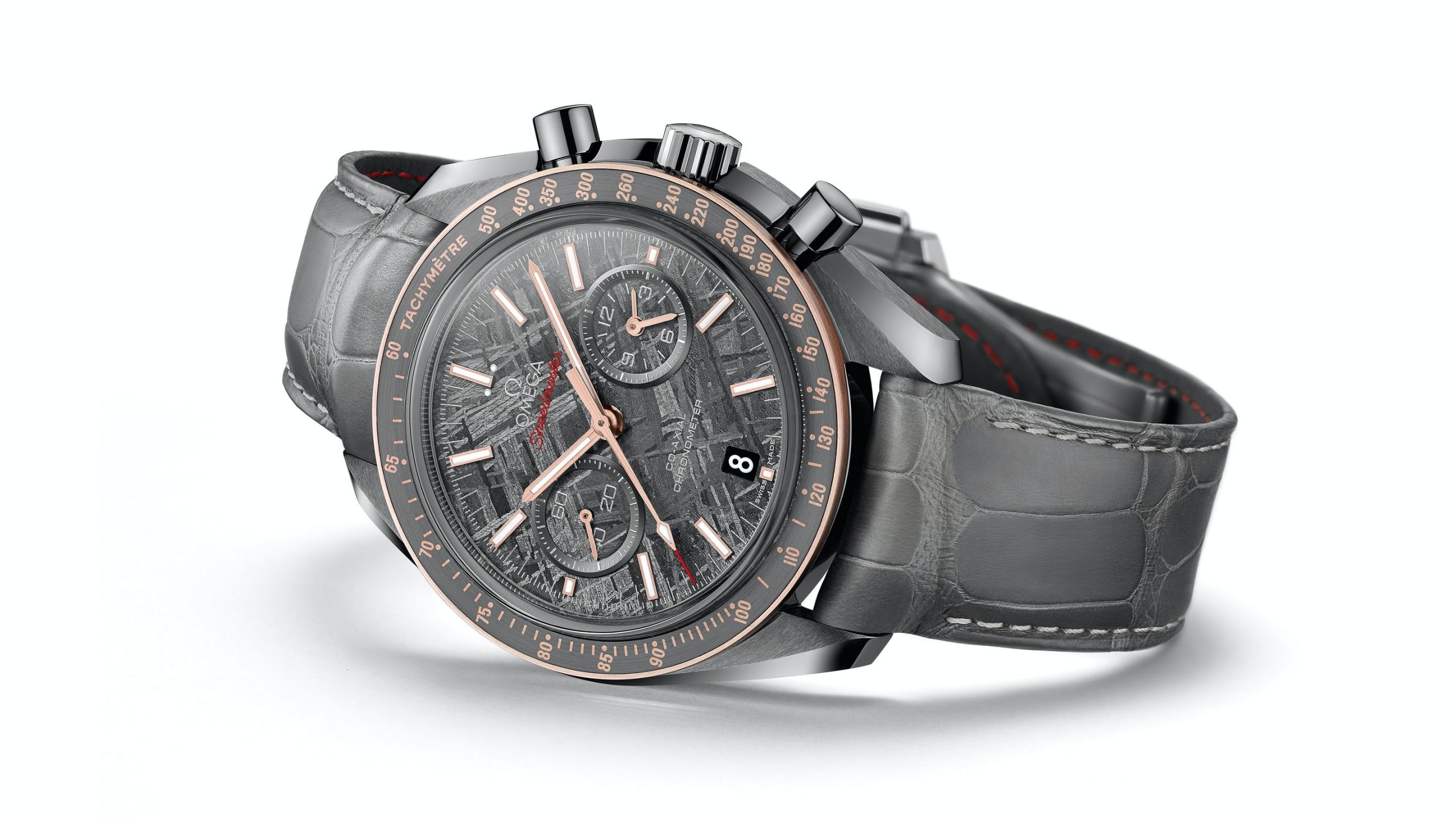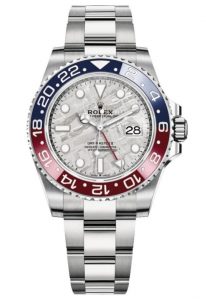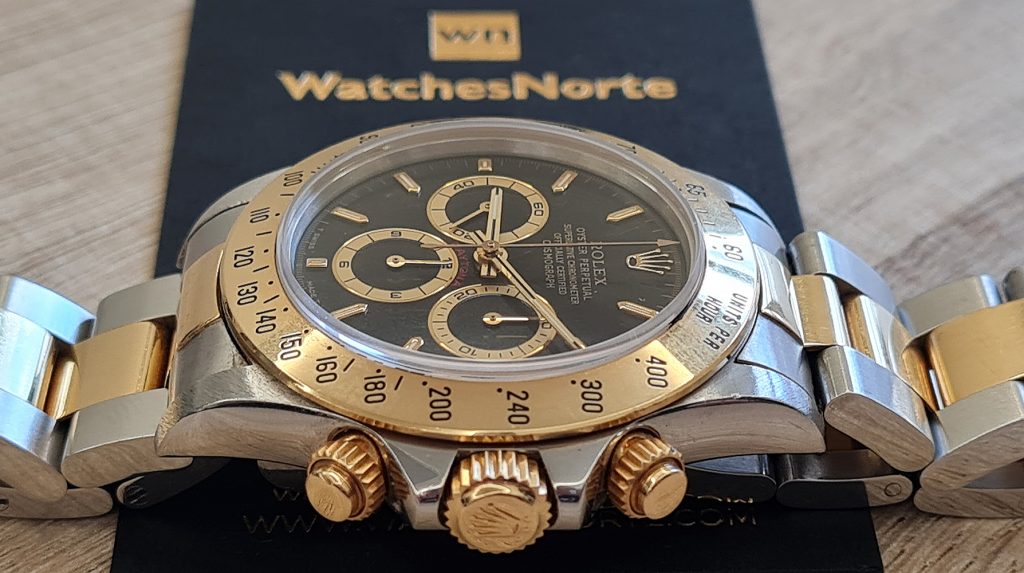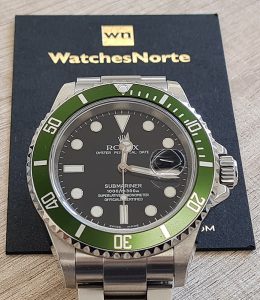Year 2017. For Lewis Hamilton it promised to be a good year. Nico Rosberg had retired from Formula 1, leaving him ‘alone’ to fight for the title of Formula 1 world champion. From here, and thanks to the superiority of the Mercedes car, 4 more world championships would come, 7 in total. 2017 was the beginning of a good period in the life of Lewis Hamilton … or not?
In 2017 Lewis Hamilton decided to take legal action against the watch company ‘Hamilton Watch Company’, of the Swatch Group, which sells watches under the trade name ‘Hamilton’. The pilot accused the watch company of misappropriating his image.
The European Union Intellectual Property Office (EUIPO) ruled in favor of the watch company. The ruling says the watch company has been operating under the Hamilton trade name since 1892, long before Lewis Hamilton was born. In addition, the ruling says that “Hamilton” is a very common surname in English-speaking countries.
It also adds that there is no natural right for a person to have their own name registered as a trademark, as this would infringe the rights of third parties.
Lewis Hamilton’s company, 44IP, was attempting to register the Lewis Hamilton ‘trademark for a number of products, such as jewelry, watches and smartwatches.
In this case, the attorneys for Hamilton Watch Company objected, considering that intellectual property rights were infringed.
‘We do not consider it appropriate or necessary to facilitate the market strategies and marketing plans of a competitor, who intends to enter the market with a brand that is practically identical to our client’s well-known previous brands, offering products that are also identical.’
In the end, Lewis Hamilton’s plans are thwarted by losing the legal battle.
Hamilton Watch Company
The watch company began its journey in 1892, in the United States. In 1966, Hamilton bought the Swiss company Buren Watch Company. For 3 years it continues to manufacture its watches in its factory in Pennsylvania, in the United States, but begins to use the movements manufactured in the Swiss facilities by Buren. By 1969 Hamilton had already closed its facilities in the United States and had moved all its production to the Buren facilities in Switzerland.
In 1974 the Swatch Group acquired the Hamilton watch company.
Today Hamilton continues to operate and manufacture luxury and high-end watches. In the summer of this year 2020 Hamilton released a special edition due to his collaboration with Christopher Nolan, for his film Tenet. It is a limited edition in 2 finishes that differ slightly, only in the color of the tip of the second hand: red or blue. This makes sense after watching the movie.
You can follow us on social networks on Facebook, Instagram, Twitterand You tube


